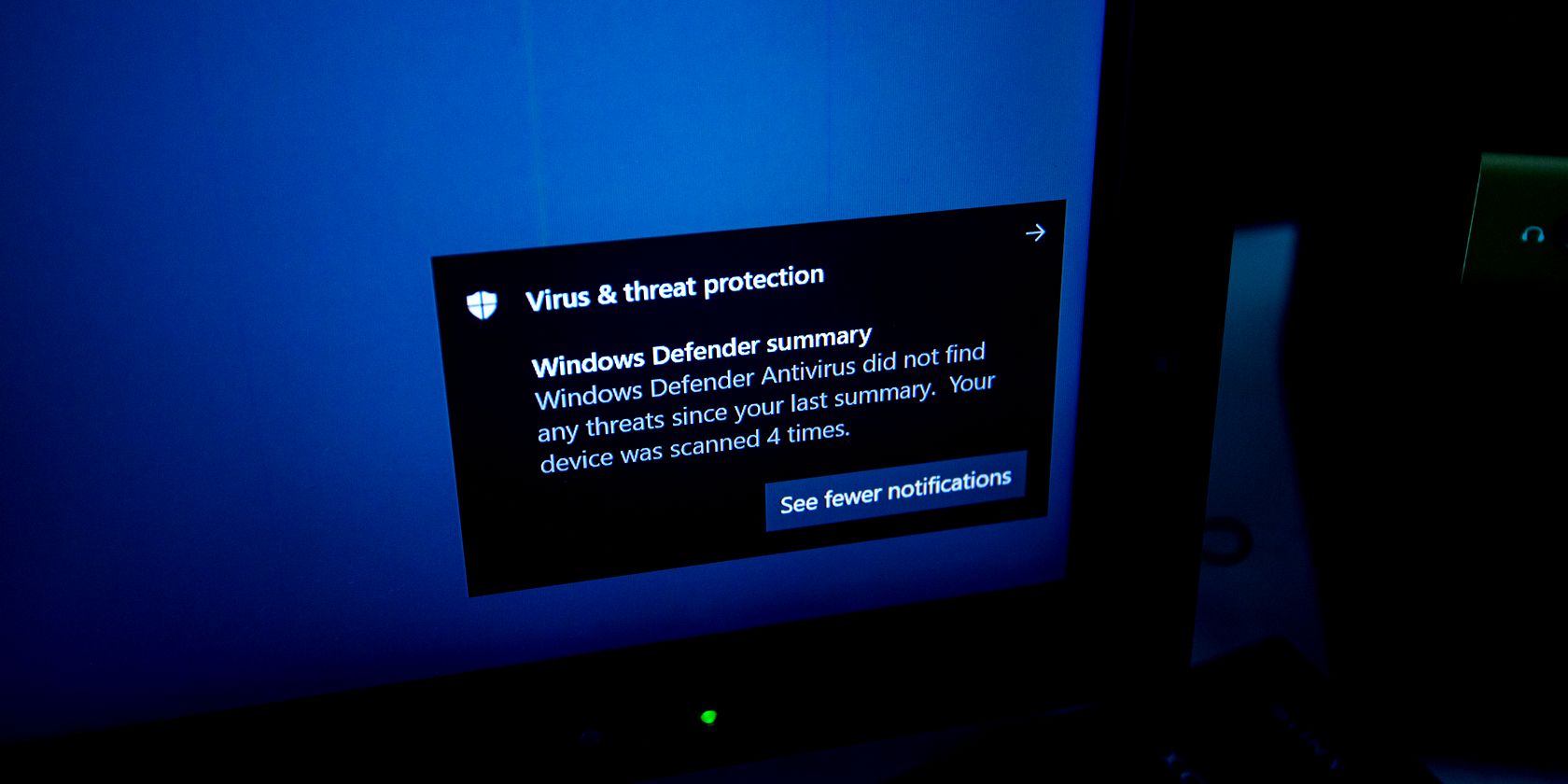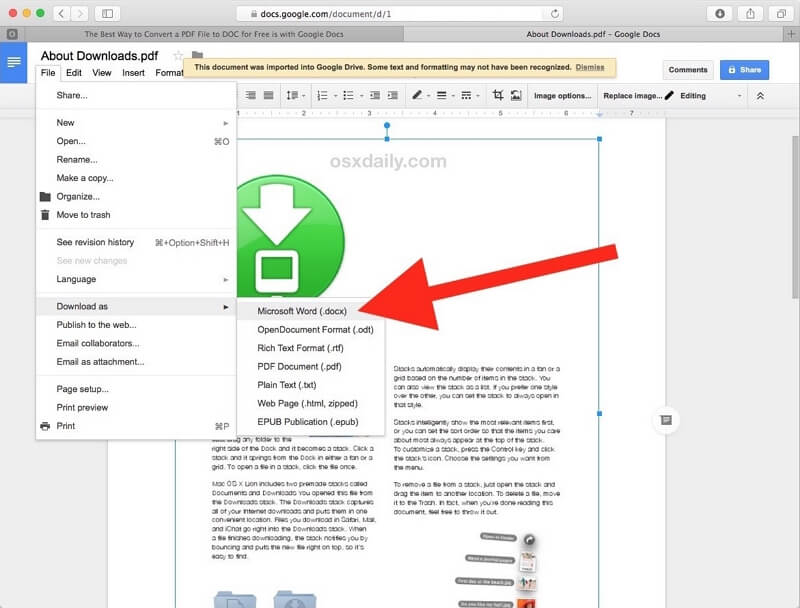

If you need to alter the case of text that has already been typed, skip to the convert the case section. If done properly, the arrow has an underline and remains active until tapped again. If you want to type in all caps on a phone or tablet, double-tap the up arrow. The picture is an example of the Apple iPhone on-screen keyboard with the Caps up arrow key in black to indicate it is active. To uppercase (capitalize) a letter on these devices, press the up arrow on the on-screen keyboard and then the letter you want to be capitalized.

On smartphones and tablets, there is no Caps Lock key or Shift key. Changing between lowercase and uppercase on a smartphone or tablet Using the Shift key is the most common method of creating a capital letter on a computer. To change the capitalization one letter at a time, press and hold either the left or right Shift, then press the letter you want to be capitalized. However, keep in mind that in many situations, typing in all caps is bad etiquette. If you want to type in all uppercase, the Caps Lock key can be used. The Caps Lock key is a toggle key, which means when it's pressed, everything you type is going to be in UPPERCASE until you press the Caps Lock key again. While typing, you can modify the case of any text by pressing either the Caps Lock or Shift.

To delete hidden content, versions, and text on a Mac, Select the Security option, and then select Remove Personal Information From This File on Save. To start, click on Word and select Preferences. On a Mac, you will need to adjust your Word Preferences. Other content that you may want to delete could be indicated under Invisible Content and Hidden Text.Ĭlick the corresponding Remove All buttons to remove this information and then click Close. Earlier versions of and changes to your document will be indicated under Comments, Revisions, Versions, and Annotations. If your information, such as your name, was found in the document, this will be indicated under Document Properties and Personal Information. On the Document Inspector screen, click Inspect.Īfter the document has been scanned, the inspection results will be displayed. Click on the Check for Issues button and select Inspect Document. On a PC, In your document, click File and then Info. If you are submitting an electronic version of your document to a court, opposing counsel, etc., you will want to remove the history of changes to your document so that your efforts at crafting your legal arguments and presenting the facts are shown in their final version, rather than all of your initial efforts being available for comparison. If you are turning in an electronic version of your paper for grading, you will need to remove your name from your document to ensure anonymous grading.

Microsoft Word automatically saves the name of a document's author, as well as the history of changes to your document.


 0 kommentar(er)
0 kommentar(er)
